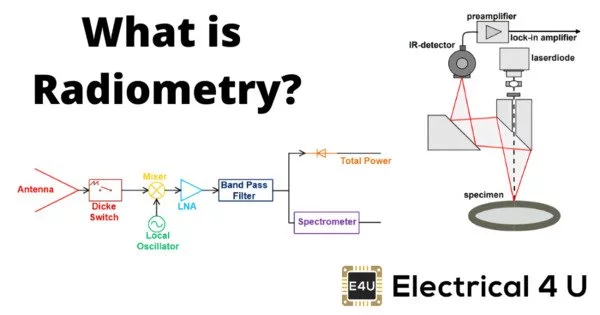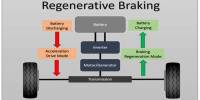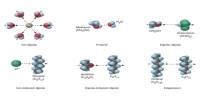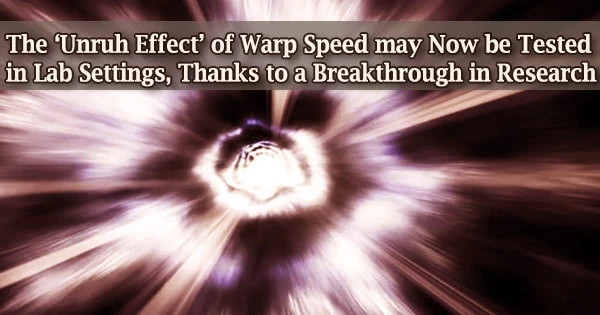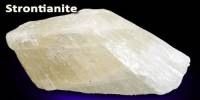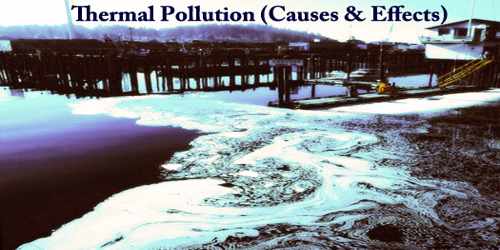Radiometry is a branch of science concerned with the measurement of electromagnetic radiation, including visible light. It is a collection of techniques for measuring electromagnetic radiation, including visible light. It entails quantifying radiant energy (the energy carried by electromagnetic waves) and studying its interactions with matter.
Radiometry encompasses a wide range of electromagnetic radiation-related concepts and measurements, and it is widely used in physics, engineering, and other scientific disciplines. In optics, radiometric techniques characterize the distribution of radiation power in space, as opposed to photometric techniques, which characterize the interaction of light with the human eye. The primary distinction between radiometry and photometry is that radiometry provides the entire optical radiation spectrum, whereas photometry only provides the visible spectrum. Radiometry differs from quantum techniques like photon counting.
Here are some key terms and concepts associated with radiometry:
- Radiant Energy: The energy carried by electromagnetic waves, including light. It is usually measured in joules (J) or other energy units.
- Radiant Flux (Power): The rate at which radiant energy is transferred through a surface. It is measured in watts (W).
- Radiance: The radiant flux per unit solid angle and per unit projected area. Radiance is an important parameter when studying the distribution of light in space. It is measured in watts per steradian per square meter (W·sr⁻¹·m⁻²).
- Irradiance: The radiant flux incident on a surface per unit area. Irradiance is a measure of the power density of electromagnetic radiation and is typically expressed in watts per square meter (W/m²).
- Radiosity: In the context of computer graphics and computer-aided design, radiosity refers to the total radiant flux leaving a surface.
- Photon Flux: The number of photons per unit time passing through a unit area. Photons are discrete packets of electromagnetic energy associated with light.
- Spectral Radiance: Radiance per unit wavelength interval. It describes the distribution of radiance across different wavelengths.
Application
Pyrometry is the use of radiometers to determine the temperature of objects and gases by measuring radiation flux. Handheld pyrometers are frequently sold as infrared thermometers. Radiometry is important in astronomy, particularly radio astronomy, and it also plays a role in Earth remote sensing. Contrary to how the term is used in optics, the measurement techniques classified as radiometry in optics are referred to as photometry in some astronomical applications.
Radiometry is important in many fields, including optics, astronomy, remote sensing, and lighting design. Precise measurements and an understanding of radiant energy are required for designing efficient lighting systems, studying the behavior of celestial bodies, and developing technologies that involve electromagnetic radiation manipulation.
